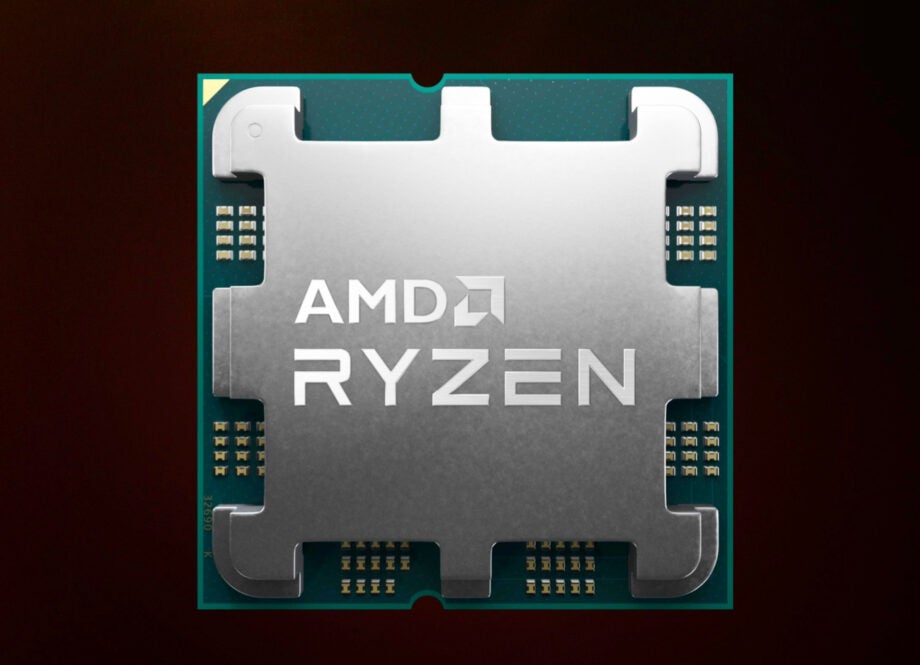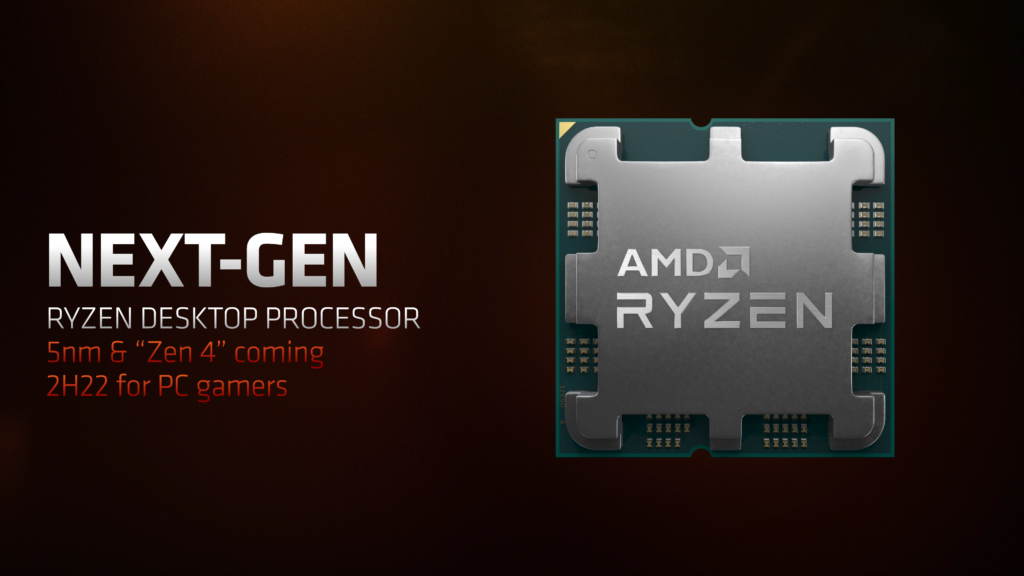Ryzen 7000 vs Ryzen 5000: What are the upgrades?

AMD’s Ryzen 7000 desktop processors are set to launch later this year, but how will the upcoming range differ to the existing Ryzen 5000 family?
The Ryzen 5000 series is the latest range of desktop chips from AMD, and with the company skipping out on the Ryzen 6000 range and jumping straight over to Ryzen 7000.
We’ll explore the main differences between the two families, and explain what kind of upgrades you can expect. Although bear in mind that we’re yet to test the Ryzen 7000 processors, so everything you see below is based on both AMD’s own claims and reliable rumours. We’ll update this page with our own data and findings when we get the new chips in for review.
Zen 4 will offer 15% performance boost
The most important upgrade to know about the Ryzen 7000 processors is that they’ll be adopting a new architecture called Zen 4. This will be built upon 5nm process node.
In comparison, Ryzen 5 uses Zen 3 architecture, which has a larger 7nm node. A smaller process node will generally provide a faster performance, as it enables chip manufacturers to squeeze more transistors onto the processor.
With this in mind, AMD claims that the Ryzen 7000 chips will see a 15% performance uplift compared to their Ryzen 5000 counterparts.
Ryzen 7000 capable of 5.5GHz clock speed
Intel has bragged the edge over AMD in regards to clock speeds in recent years, so it looks like AMD is pushing hard in this area for 2022 by already confirming that a high-end Ryzen 7000 processor is capable of a 5.5GHz clock speed.
This is an impressive feat considering the most powerful Ryzen 5000 chip has a maximum boosted clock speed of just 4.9GHz. High clock speeds are particularly important for gaming, so the big upgrade here may result in a competitive gaming performance with Intel.

Same number of cores and threads
While the Ryzen 7000 chips looks to be benefiting from more efficient architecture and increased clock speeds, it doesn’t look like AMD will increasing the maximum number of cores and threads compared to the Ryzen 5000 series.
AMD has confirmed (via HotHardware) that Ryzen 7000 processors will max out with a 16-core and 32-thread count at launch, which is the exact same as the flagship AMD Ryzen 9 5950X. Of course, this doesn’t rule out the possibility of AMD launching a Ryzen 7000 processor with even more cores and threads at a later date, but it certainly won’t be arriving any time soon.
This means you shouldn’t expect as big of a jump for multi-core performance compared to the switch between Ryzen 4000 and Ryzen 5000 CPUs, but a significant performance increase is still expected thanks to the improvements made to the architecture.
Ryzen 7000 will support DDR5 RAM and PCIe 5.0
The next generation of AMD desktop processors won’t just be more powerful than their predecessors, but will also support more advanced hardware.
Support for PCIe 5.0 will enable compatibility for the speediest M.2 SSDs currently available, while the jump to DDR5 will allow you to make use of more high-speed memory. As a result, support for these technologies would raise the performance ceiling for your entire system, and not just the processing speeds.
Ryzen 5000 processors only offer support for DDR4 memory and PCIe 4.0. You can still get a terrific performance with compatible components, but just not at the same level as what Ryzen 7000 offers.
Those are all of the key differences that we know so far, but make sure to keep this article bookmarked so you can return and see our thoughts on the new Ryzen 7000 processors once we’ve had to chance to test them.








